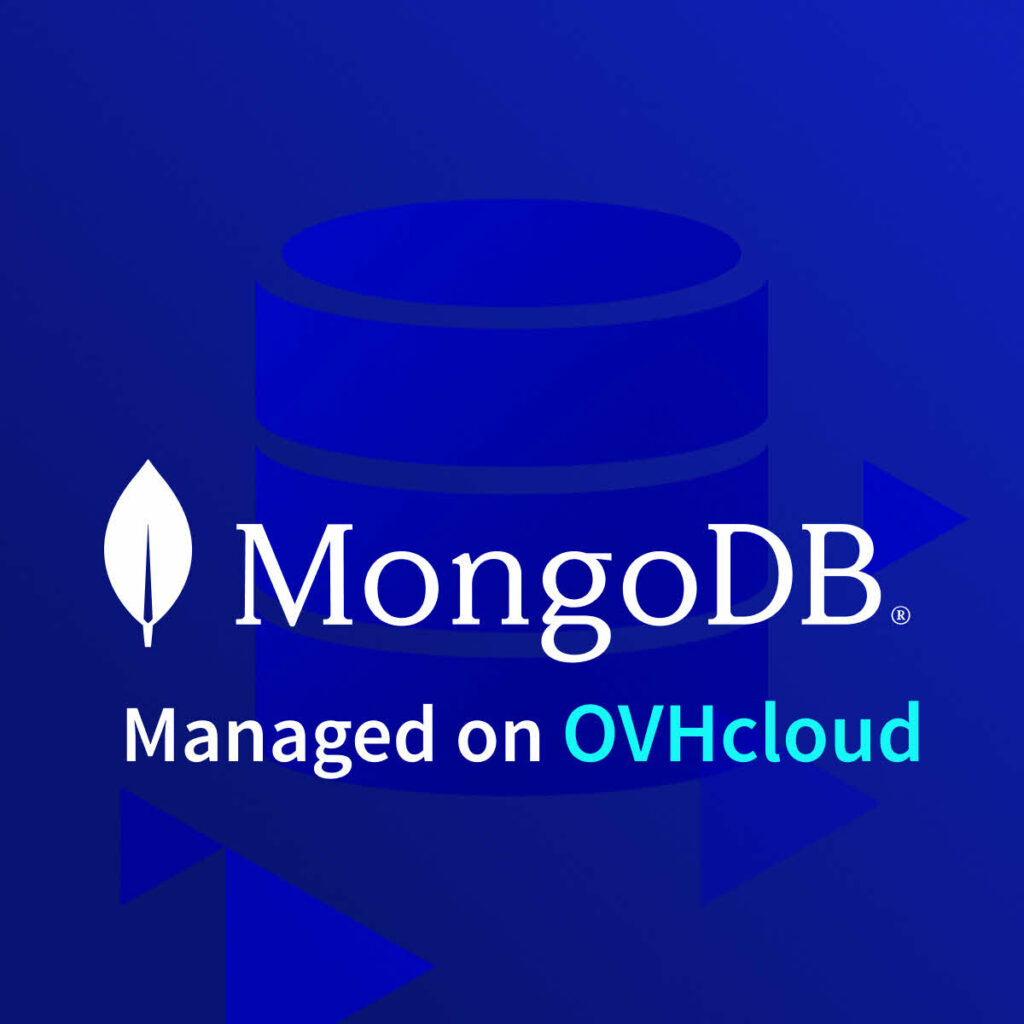Of all the non-relational database engines (NoSQL) that have emerged in the last decade, MongoDB is without a doubt the most widely used. Source-available, powerful, flexible and scalable, MongoDB covers a wide range of use cases. Many, including startups, choose it to ensure they are not limited in their technological choices, so they can scale and adapt to different use cases. The possibility of switching from MySQL to MongoDB might come up when updating or revamping an existing app. So, let’s see when this switch might be relevant, and why using the MongoDB service managed by OVHcloud could be the ideal option.
The flexibility of the NoSQL data model
Unlike traditional databases, MongoDB can gather data without a predefined structure and adapt its dynamic scheme as needed. The tabular schema is no longer used, as regards NoSQL databases, the logical representation of a NoSQL database resembles a tree structure. MongoDB is a document-oriented database management system that organises data in JSON documents and collections. These documents contain pairs of values or keys of different types, including nested documents and arrays. The structure of key/value pairs can vary across different documents. Additionally, MongoDB also allows for the use of GridFS, which enables it to function as a file system using the JavaScript query language.
Advantages – based on use cases
MongoDB and MySQL both have their various strengths and benefits, which include indexing, query language (both rely on natural language and offer a graphical interface when needed), security (each offers authentication, access control and data encryption), and compatibility with various programming languages (Java, Python, Node.js, server-side PHP, Ruby and C#). Scalability and strong read-write performance set MongoDB apart in multiple use cases.
MySQL only allows for vertical scaling, i.e., you can only add resources to the database server (RAM, CPU) for scalability. During the replication process, read-only copies are created on other machines, which may result in delays in updates and the user’s access to information.
MongoDB goes even further by incorporating both vertical and horizontal scaling into its design. Two mechanisms, clustering and sharding, are used to achieve this. Clustering, which involves groups of MongoDB servers with identical data (three servers minimum), and sharding, which spreads different parts of the data across multiple servers for load distribution, high availability, and security in case of hardware failure.

MongoDB stands out from the rest in terms of performance, particularly in writing, when using the “insertMany()” API command to insert or update numerous records. When dealing with a high volume of records, MySQL is the faster option.
So, your project, available hardware, and the type of data you work with (structured, semi-structured or unstructured) will determine the most suitable technology.
Of course, there are alternatives or plugins to address the limitations of MySQL or make up for missing features – depending on the use case. For instance, with an RDBMS like MariaDB, you can enable multi-master clustering using this approach. However, attempting to adapt a technology to needs it wasn’t designed for in the first place will inevitably make maintenance complex, increase the risk of malfunctions, and lower performance.
On the other hand, if MongoDB proves to be more suitable, we can’t overlook the skills needed to deploy, configure and maintain MongoDB’s architecture, as well as understand replicate set and sharding [1] (Find out more about the differences between the two). If you need it, choosing an OVHcloud-managed solution like Managed Databases for MongoDB could be the ideal option.
Why choose MongoDB over any other non-relational database management system?
There are many other document-oriented databases out there, including Couchbase, CouchDB, Oracle NoSQL Database, Amazon DocumentDB, Azure Cosmos DB, and more. Nonetheless, MongoDB is notable for its versatility, performance, scalability, and features. This makes it a popular DBMS for various use cases, including e-commerce catalogues, web/mobile apps with user-specific content customisation (e.g., social media), payment systems, serverless design, workload migration, content management, gaming, IoT data collection, and much more. It spans use cases involving big data and artificial intelligence.
Unlock MongoDB’s full potential effortlessly with OVHcloud
Installing MongoDB on a single server, VPS or Public Cloud instance is straightforward. However, things might get more complex when the project enters production and/or gains momentum, or requires a stable environment and deployment of a multi-node cluster. This also includes mobilising specialised resources that could be allocated to your main business, like developing applications. This particularly holds true for use cases that demand solid compliance, such as health data hosting and management.
OVHcloud offers a managed MongoDB solution — i.e., it is managed for you by our team and hosted in a sovereign cloud. — designed and delivered in partnership with MongoDB’s teams. Since our Database as a Service (DBaaS) is not shared, it allows you to free up your SysAdmins without compromising performance and compliance. Each user has their own environment, except for the Free Tier Discovery offer, where CPU and RAM resources are shared. This service also helps you tackle the challenge of scaling your database, syncing and distributing data across several nodes, as well as backing it up (included in our plans).
Find out why you should choose MongoDB managed on OVHcloud, an expert in MongoDB infrastructure – including deployment and administration. You can achieve greater efficiency and build more reliable, powerful and secure applications, while optimising the total cost of ownership (TCO) of your data.

Want to go further ?
At first glance, the idea might seem absurd: migrating to NoSQL, a non-relational database management system, while using a MySQL or Oracle database. It’s like putting petrol in a diesel car. Of course, the code will need be altered, but it is certainly doable. Read the MongoDB webinar “Migrating relational database workloads to the MongoDB Document Model”
[1] Soon, the OVHcloud Managed Databases for MongoDB service will include the sharding set-up feature. This has been added to our roadmap.
OVHcloud Product marketer for Data products and solutions : Data Platform, Analytics & Databases

